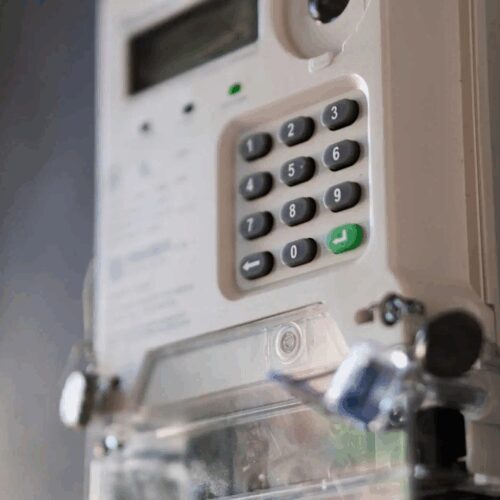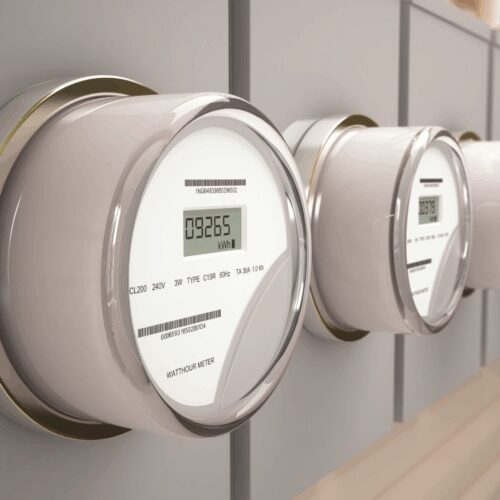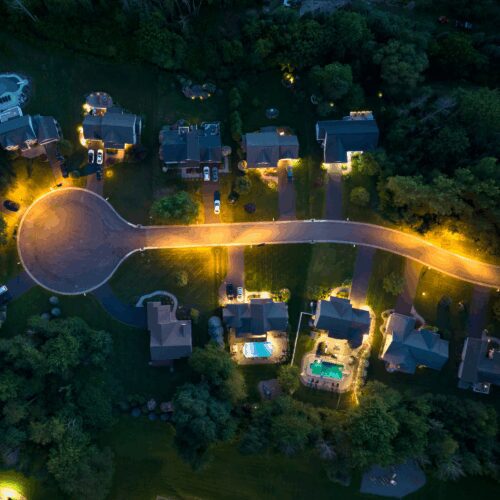How LineVision made it out of utility ‘pilot hell’
Hudson Gilmer said it took years to make the start-up’s dynamic line rating technology utility-grade.
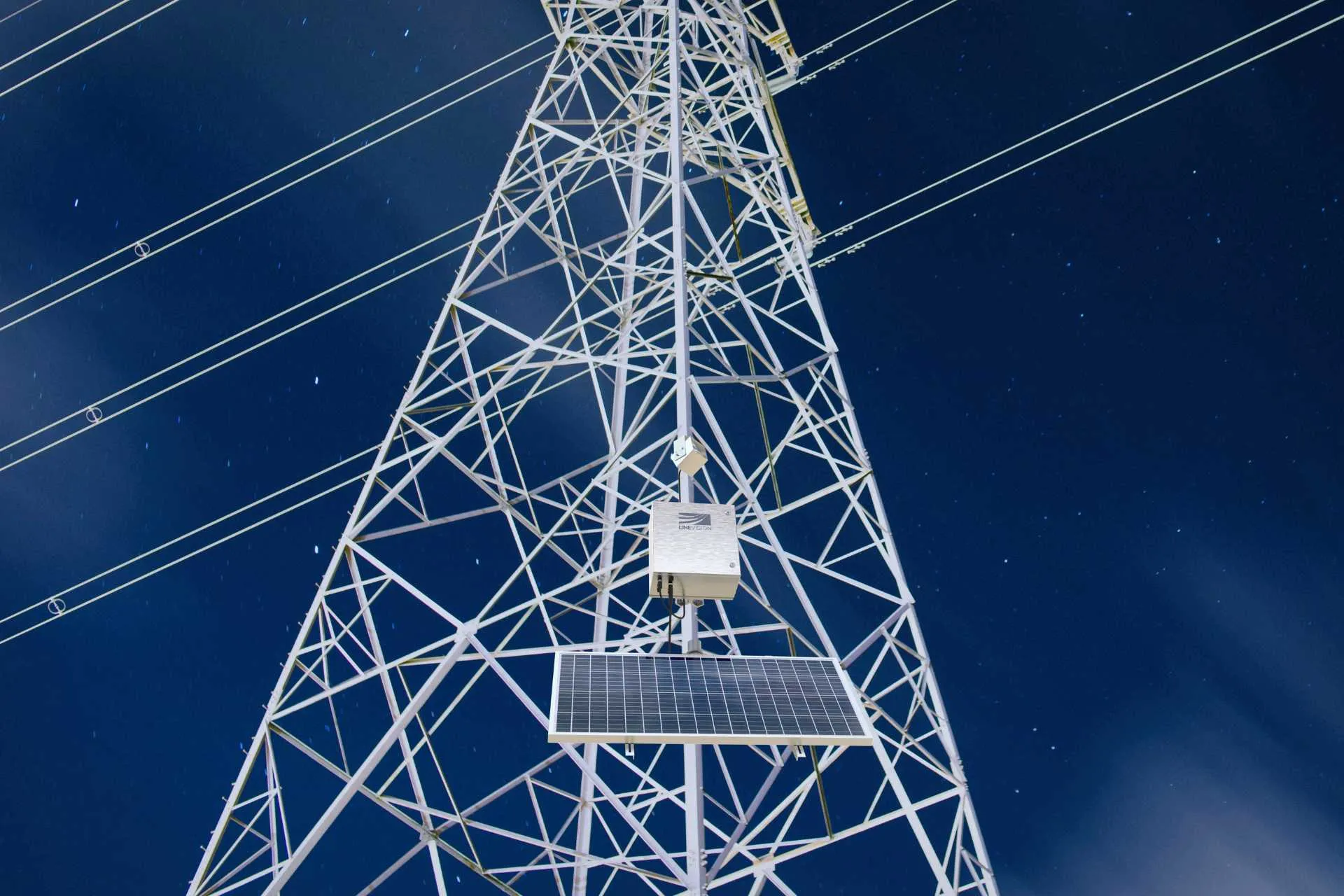
Hudson Gilmer said it took years to make the start-up’s dynamic line rating technology utility-grade.

Sign up for our magazine
The premier outlet for compelling storytelling around the innovators and innovations driving the clean energy transition.
The dynamic line rating darling LineVision is one of the utility industry’s most recent startup success stories.
Founded in 2018 by Hudson Gilmer and Jonathan Marmillo, LineVision wanted to revolutionize the DLR offerings on the market — but was finding that utilities were slow to deploy new tech. At the time, the industry standard was well below what Gilmer and Marmillo thought it could be.
“The concept [of DLR] had been around for maybe 15 years, but no one had really cracked the code of how to make it reliable and easy to implement,” said Gilmer on a recent episode of the With Great Power podcast.
Utilities tend to be wary of hardware-based grid solutions because of the perception that mishaps could cause outages and if the device broke it would be stuck on the transmission line. And pre-LineVision, Gilmer said the DLR offerings were “either load cells that would measure the tension of a line or clamp-on devices that would actually require an outage and be attached to the wires.”
“The hardware would be deployed, but then when it failed, the utilities would be stuck with a stranded asset on their lines, and didn’t have the budget to go take off that device and replace it,” said Gilmer.
So, after conversations with utilities, LineVision decided to instead take a “non-contact” approach with a hardware-software combination product, where the DLR sensor mounts on the transmission tower instead of the line.
“It doesn’t require an outage, it doesn’t require anything touching the wires — but also it has much broader visibility,’ said Gilmer.
But even so, LineVision struggled to sign operational contracts, meaning contracts that involved integrating their product into utility operations. They were stuck in the proverbial utility pilot purgatory, or what Gilmer called “pilot hell.”
“Utilities are very methodical, and rightly so, about deploying new technology on their grid,” he said.
But that care means that potentially beneficial technology doesn’t actually have the chance to make an impact. For its first few years, LineVision was stuck doing research and development projects at different utilities. With each project, they made improvements to their sensors and software to “make it utility-grade.”
This patience — and willingness to commit to working with utilities to identify their needs — has finally paid off for LineVision. In the last few they’ve caught a few big breaks catapulting the company into the mainstream.
First, in 2022, after years of R&D pilots, National Grid offered the company a follow-on contract to operationalize the technology. And last year, AES announced plans for the largest DLR demonstration deployment in the country with LineVision.
“No utility really wants to be the first to adopt new technologies,” said Gilmer. “But when they see their peers having success, then it really de-risks that proposition.”
Gilmer credits the startup’s growing success to their utility customers who are willing to share the results of their deployments: “I do think that the biggest factor driving [more adoption] is that we’ve got great customers who are not shy about sharing their success in deploying this technology with their peers,” he said.
While he sees the technology as still in the pilot phase — or what he calls the “band-aid phase,” where DLR is only deployed on “problem lines” — that is beginning to change. He thinks within the next ten years DLR-by-sensor will be pervasive throughout the power grid as the industry standard.
“I firmly believe that’s where we’re going as an industry,” he said. “The only question is how quickly we’ll get there.”
For the full conversation with Hudson Gilmer on dynamic line ratings, listen to his interview on season 3 of With Great Power here.
With Great Power is a show about the people building the future grid, today. It’s a co-production of GridX and Latitude Studios. Subscribe on Apple, Spotify, or anywhere you get your shows.
Read the original article from Latitude Media here.
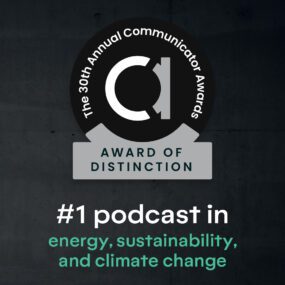
GridX Nabs a Communicator Award for With Great Power
With Great Power recognized for exceeding industry standards in business-to-business communications.

